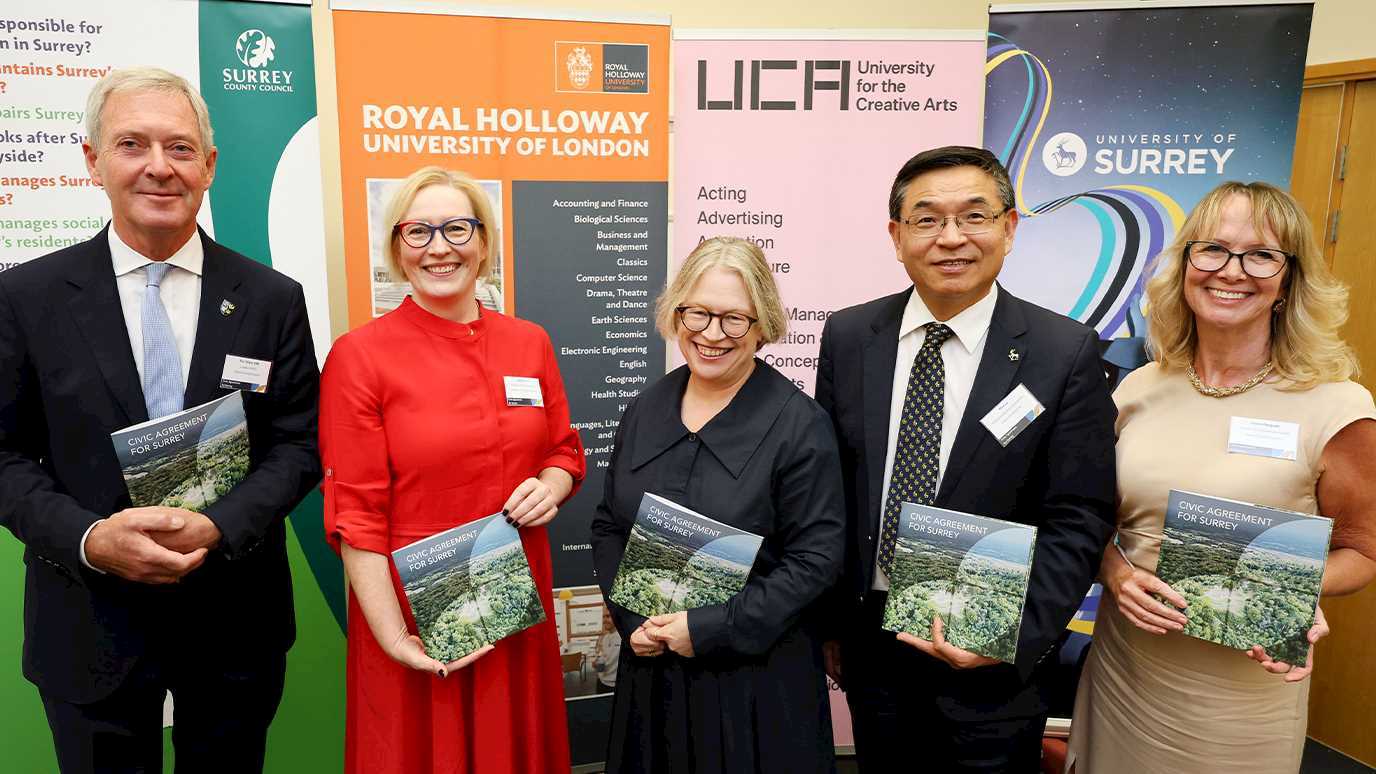Results from a particle physics experiment that were released today show new hints that neutrinos may hold the answer to one of the most intriguing questions in the Universe: why has nature favoured matter over antimatter after the Big Bang?
T2k is a particle physics experiment that is a collaboration between groups including Royal Holloway, University of London and in several countries including Japan, Canada, France, Germany, Italy, South Korea, Poland, Russia, Spain, Switzerland, and the United States.
The experiment is looking into neutrinos; fundamental particles that make up our Universe that we don't know much about, yet every second around 50 trillion neutrinos from the Sun pass through your body.

David v Goliath
The results released today suggest there could be a difference, or asymmetry, between the behaviour of matter and antimatter. The Big Bang should have created equal amounts of matter and antimatter in the early universe, but today, everything we see from the smallest life forms on Earth to the largest stellar objects is made almost entirely of matter. Comparatively, there is not much antimatter to be found. Something must have happened to tip the balance.
One of the greatest challenges in physics is to figure out what happened to the antimatter, or why we see matter/antimatter asymmetry. If all types of matter and antimatter behaved the same way, they should have completely wiped each other out shortly after the Big Bang.
All change, please
To explore changes in neutrinos, known as oscillations, the T2K experiment fires a beam, which can switch from neutrinos to antineutrinos, from the J-PARC laboratory on the eastern coast of Japan. When the beam reaches the Super-Kamiokande detector, 295km away, scientists then look for a difference in the oscillations of neutrinos and anti-neutrinos.
The results indicate a high rate of electron neutrino appearances compared to electron antineutrinos – higher than first expected.
T2K at Royal Holloway
"It’s great to have so much new data for T2K," said Dr Asher Kaboth from the Department of Physics at Royal Holloway, who is one of the collaborators in the T2K experiment. "It’s such an exciting time for neutrino physics, and so much fun to work on these analyses."
Read more about the particle physics research happening at Royal Holloway, and find out about the courses on offer in the Department of Physics.
























